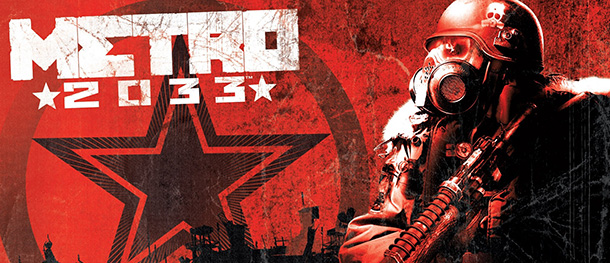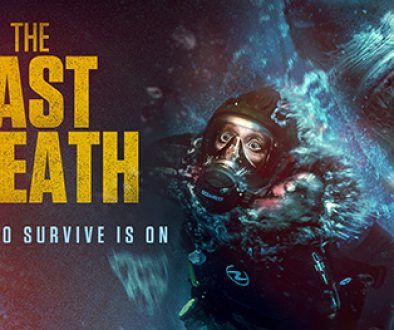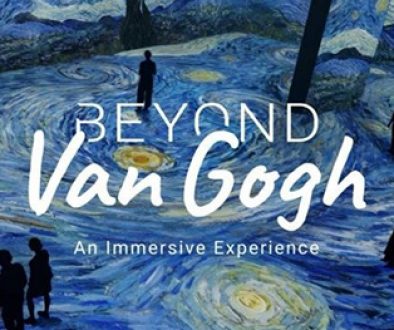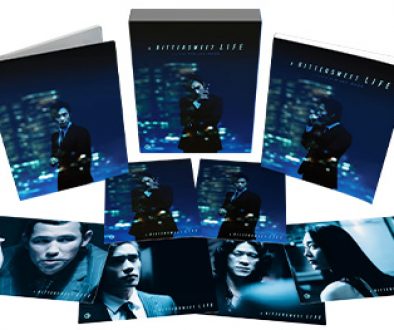Review: Metro 2033
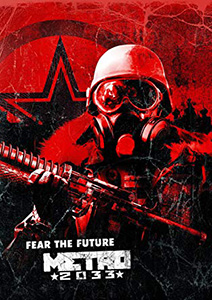 Seeing the recent release of Metro Exodus, I thought it was about time I started where it all began with Metro 2033.
Seeing the recent release of Metro Exodus, I thought it was about time I started where it all began with Metro 2033.
Originally released in 2010, Metro 2033, and its sequel Metro: Last Light, were given a new lease of life thanks to the Redux version, which was released in 2014.
Based on the novels of Dmitry Glukhovsky, you play as Artyom who is a survivor of nuclear war in Russia. High levels of radiation have forced people to live underground in the Metro system deep below the surface.
The Metro games are first person shooters (FPS) which use a mixture of stealth and gun blazing action. There are a variety of weapons to use, including pistols, machine guns and shotguns. These can all be customised to suit your playing style.
Although the guns are fairly traditional, they also look makeshift, made up of random parts which have been discarded. This makes Metro 2033 feel unique compared to the multitude of FPS games on the market.
The combat is decent, but it isn’t where Metro 2033 shines. I was most impressed with the atmosphere when exploring the post-apocalyptic world. The inhabitants of the underground are going about their business and you can choose to listen in on their conversations. This immerses you more into the story and makes it feel like a living, breathing world.
The attention to detail is also first class, especially the tactile nature of how you interact with objects. You manually have to make Artyom wipe dirt from the glass of his visor, charge his flashlight and change the filter in his gas mask. It’s little touches like this that make you feel more connected to the environment around you.
The graphics would have looked spectacular back in 2010, and they are still very good now. Some of the facial animations are a bit dated, however the look of the game itself more than makes up for any shortcomings. The Metro feels dirty and rusty, but there is something beautifully grim about the place, especially when you venture to the surface.
Playing Metro 2033 is a tense experience and I felt a sense of panic throughout. This isn’t helped by the feeling of claustrophobia from hearing Artyoms laboured breathing as he slowly runs out of oxygen. Or the sound of radiation from your Geiger counter as you step dangerously close to deadly water. To make matters worse, Artyom suffers from disorientating hallucinations which blur the lines of reality. It’s fair to say that Metro 2033 manages to succeed where many other horror games fail, as it’s actually quite scary.
You face a number of enemies including humans, who fight with machine guns and other weapons. There are also mutated monsters of differing shapes and sizes that pose a challenge. The winged beasts are especially tough as they pick you up and drop you exactly where you don’t want to be! Watching Artyom struggling to escape their clutches left me feeling utterly helpless and vulnerable.
My only real gripes are the checkpoints which feel uneven. The game will save automatically, but on one level I died after playing for 10 minutes, meaning I had to start at the beginning. The next time I tried, it saved quite quickly which left me feeling a bit baffled! Saying that, the levels are nice bite size chunks, so you can sit down and play even if you don’t have much spare time.
My other frustration comes from getting lost. Although Metro 2033 is fairly linear, there are times when you have to explore buildings. Because the game is quite dark I found myself wandering around aimlessly until I accidentally found out where I was meant to go.
Metro 2033 Redux, isn’t the best shooter I’ve played, but it is certainly one of the most atmospheric. Having finished the game, it reminded me of Half Life and Bioshock. Both of those games relied on making you feel part of a fantastical, yet believable world. For the most part I really enjoyed Metro 2033 Redux and now can’t wait to play its two sequels.
Metro 2033 Redux, Metro: Last Light, and Metro Exodus are available now for PC, PS4 and Xbox One.
Review by Chris (co-host of 60 Minutes With).

